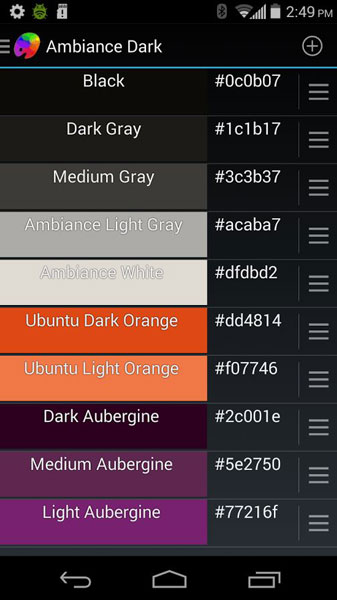

Otherwise these are usually an unseen color space, since they're knowingly interacted with during the photo editing process only rarely. These often serve as universal reference colors, so they're useful as a backdrop for comparing other devices.

Device-independent spaces express color in absolute terms.These can tell you valuable information about the subset of colors which can be displayed using a particular monitor or printer, or can be captured using a particular digital camera or scanner. Device-dependent spaces express color relative to some other reference space.TYPES: DEVICE DEPENDENT & WORKING SPACESĬolor spaces have many different types and applications. If we were interested in the color gamut for the shadows or highlights, for example, we could instead look at a 2D cross-section of the color space at roughly 25% and 75% luminance, respectively. Keep in mind that this analysis only applies for colors at 50% luminance, which is what occupies the midtones of an image histogram. In addition, the reference space almost always contains more colors than can be shown on a computer display.įor this particular diagram, we see that the "Wide Gamut RGB" color space contains more extreme reds, purples, and greens, whereas the "sRGB" color space contains slightly more blues. Colors shown in the reference color space are only for qualitative visualization, as these depend on how your display device renders color. What can we infer from a 2D color space comparison? Both the black and white outlines show the colors which are reproducible by each color space, as a subset of some reference space. sRGB and Wide Gamut RGB are two working spaces sometimes used for image editing. The diagram to the right compares three color spaces at once: sRGB, Wide Gamut RGB, and a device-independent reference space.

Everything inside the color space is therefore a more subtle combination of the colors shown on the surface. This surface represents the most extreme colors which are reproducible within this particular color space (the "color gamut"). The two diagrams below show the outer surface of a sample color space from two different viewing angles. Similar to how one would organize a paint palette, each direction in "color space" often represents some aspect of color, such as lightness, saturation or hue (depending on the type of space). VISUALIZING COLOR SPACESĪ color space relates numbers to actual colors, and is a three-dimensional object which contains all realizable color combinations. Even so, learning to visualize them can help you to identify the most suitable color space for a given task. However, unlike with an artist's palette, color spaces often remain unseen and serve only as backdrops for behind the scenes calculations. Above palette photo is a modified version of the original by tibchris


 0 kommentar(er)
0 kommentar(er)
